Being sore after the workout is a badge of honour, but what about the aftermath? Muscle pain, stiffness, and the reluctance to climb stairs the next day? Everyone has experienced the gratifying burn that follows a challenging workout, which is evidence of your hard work. But it’s important to remember that your post-exercise behaviour is just as important as your actual activity.
Let’s dive into the less-known recovery tips that might just become your post-workout secret weapons.
The Importance of Post-Workout Recovery
Before jumping into the lesser-known tips, let’s quickly touch on why recovery is crucial. After an intense workout, your muscles are not just tired; they’re in a state of repair. It’s like a construction site after a day’s hard work—things need fixing, and your body is the construction worker. Recovery is the crucial process that ensures this repair happens effectively.
It’s not just about mitigating soreness; it’s about optimising your body’s ability to heal, grow, and perform at its best. Below are some more points shedding light on the importance of Post-Workout Recovery:

- Muscle Repair: Muscle fibres develop tiny tears during a workout. If recuperation is done properly, these injuries can mend, resulting in stronger, bigger muscles.

- Reducing Inflammation: Intense exercise can cause inflammation. Adequate recovery helps to manage this inflammation, preventing chronic issues and promoting long-term joint health.

- Restoring Energy Levels: Workouts deplete your energy stores. Recovery is when your body replenishes these stores, ensuring you’re ready for your next sweat session.

- Preventing Overtraining: Too much exercise without sufficient recovery can lead to overtraining. This can result in decreased performance, fatigue, and even injuries.
Without proper recovery, you risk burnout, injuries, and a one-way ticket to the couch instead of the gym.
7 Lesser-known Recovery Tips
Now, let’s get into the nitty-gritty of recovery with these seven less-known but vital tips.
An excellent recovery tip is not just drinking water but infusing it with electrolytes. These tiny ions are crucial in muscle contraction and relaxation, making your post-workout rehydration game a game-changer.
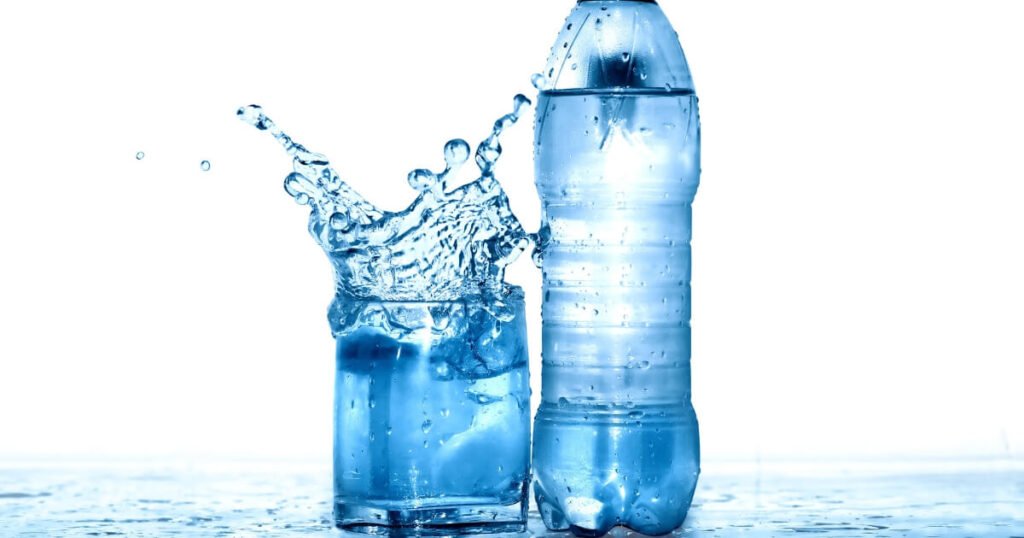
- Hydrate Like Your Muscles Depend on It—Because They Do!
Water is life, and for your muscles, it’s salvation. Muscles are predominantly water; when you exercise, you sweat out the essence that keeps them functioning smoothly. Dehydration not only makes your body less efficient at transporting nutrients but also slows down the recovery process.

2. Get Some Quality Sleep
The actual magic takes place while you’re asleep. Your body releases growth hormones during the deeper phases of sleep, which are essential for muscle repair. Lack of sleep not only slows down this process but also elevates cortisol levels, hindering your recovery. Aim for 7-9 hours of quality sleep each night to maximise your body’s repair potential.
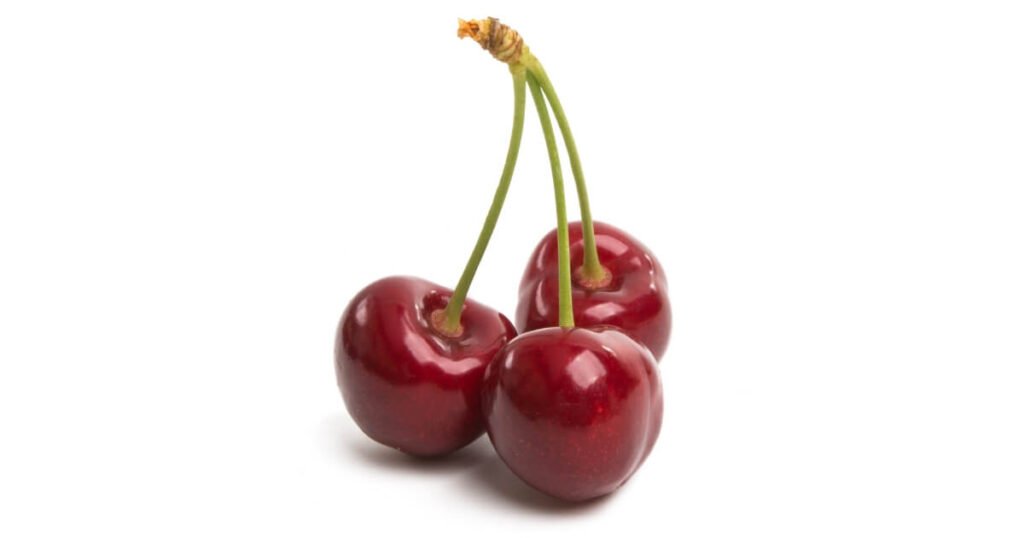
3. Unleash the Power of Tart Cherries
Move over generic fruits; tart cherries are the unsung heroes of post-workout snacks. Packed with antioxidants and anti-inflammatory compounds, according to research, tart cherry juice has been shown to reduce muscle soreness and speed up recovery. Consider incorporating this delicious elixir into your routine for a tasty and effective recovery boost.
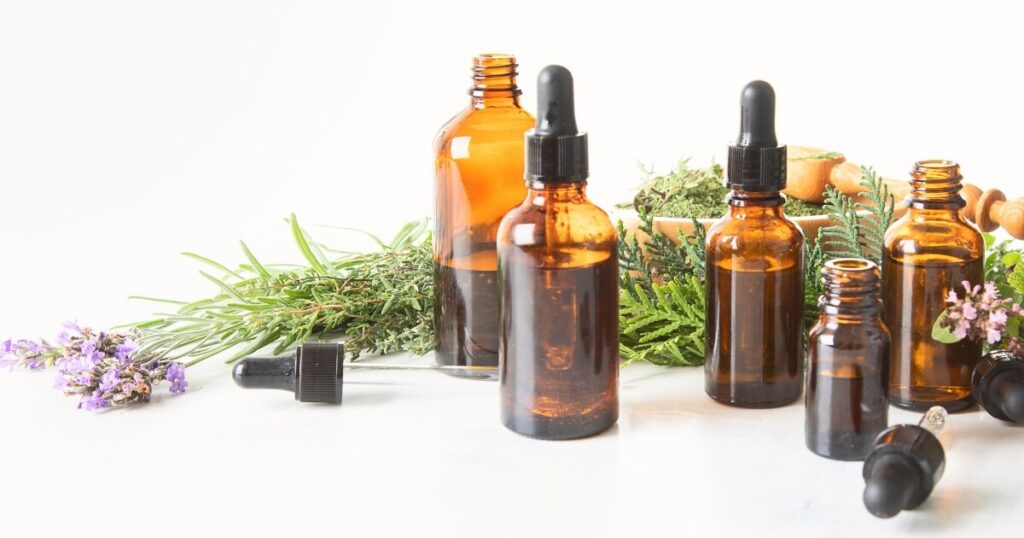
4. Embrace the Healing Power of Essential Oils
Essential oils are not just for aromatherapy. Oils with anti-inflammatory and analgesic effects include lavender and peppermint. Use a few drops in a post-workout massage with a carrier oil, or add them to your bath for a relaxing recovery experience.
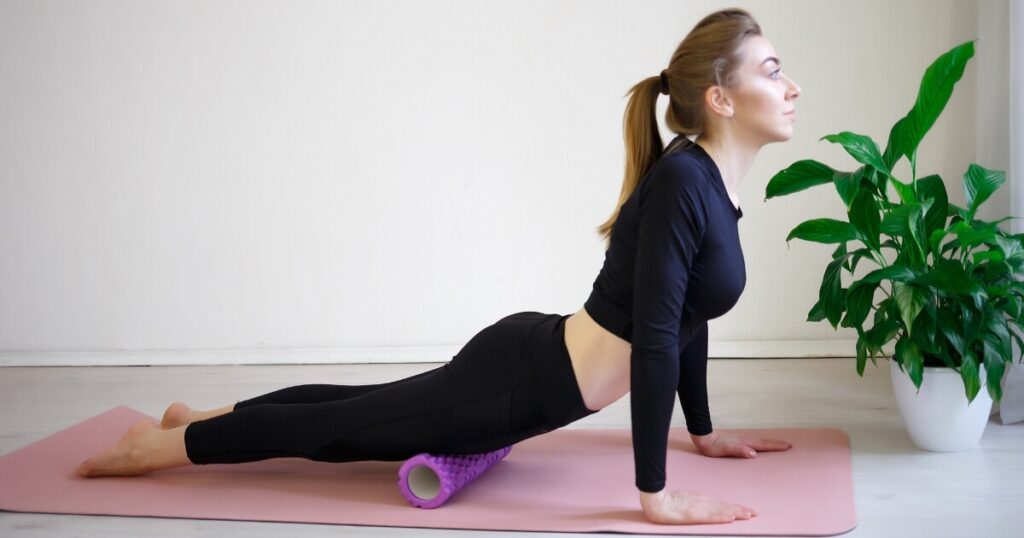
5. Roll It Out
A long, cylinder-shaped piece of equipment called a foam roller stimulates blood flow to your muscles by applying pressure on them. Think of it like a cheap deep-tissue massage for you. You can aid in the relaxation of tense muscles and hasten the healing and recovery process by slowly rolling over the sore regions. After your workout, use a foam roller for 10 to 15 minutes before beginning stretching exercises.

6. Don’t Just Sit Around
While rest is crucial, doing nothing the day after your workout will do more harm than good. Engage in activities like yoga or light stretching. These promote blood flow, flexibility, and mental relaxation. They act as a reset button for your body, helping it transition from the intensity of your workout to a state of recovery.
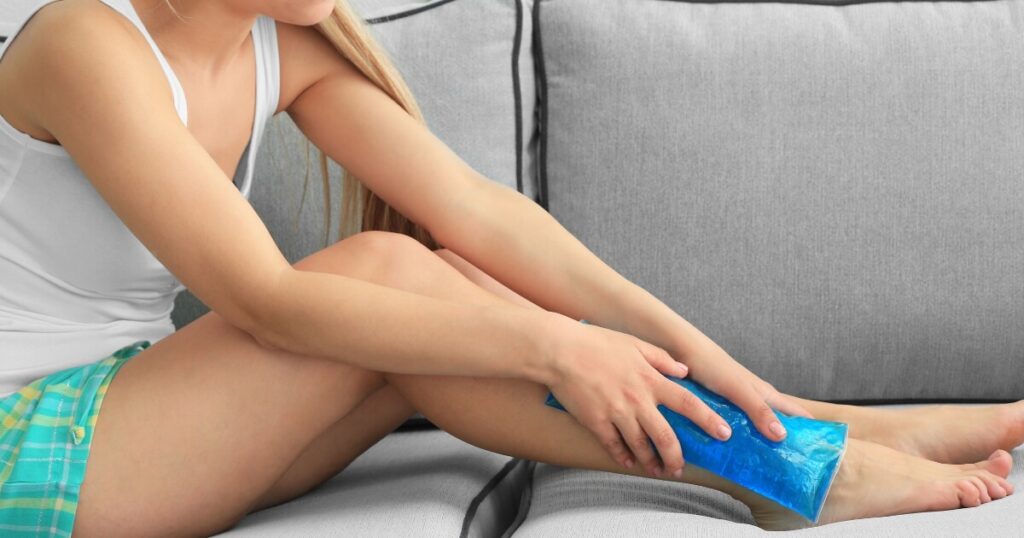
7. Embrace the Cold and Heat Duo
Contrast water therapy is not a spa day luxury; it’s a science-backed recovery method. After your workout, a cold shower or an ice bath can reduce inflammation by constricting blood vessels. Then, turn up the heat to dilate those vessels, promoting blood flow. This dynamic temperature shift is a therapeutic dance for your muscles, reducing soreness and aiding recovery.
In Conclusion
Recovery isn’t just a passive phase in your fitness journey; it’s a crucial component that can make or break your progress. By incorporating these lesser-known recovery tips into your routine, you’re not just bouncing back; you’re setting the stage for greater gains, both physically and mentally.
The greatest strategy to prevent muscle soreness, whether you’re exercising to keep in shape or are a competitive athlete, is a nutritious diet and a decent night’s sleep. No other methods of healing will be able to compensate for bad behaviours in these two areas.
Next time you feel that post-workout soreness, remember recovery isn’t a sign of weakness; it’s a sign that you’re allowing your body to become stronger.
Share Your Recovery Journey!
Have you tried any of these recovery tips? Or do you have your own secret recovery weapon? Share your experiences and tips with us below. Embrace recovery, and let the gains begin!


